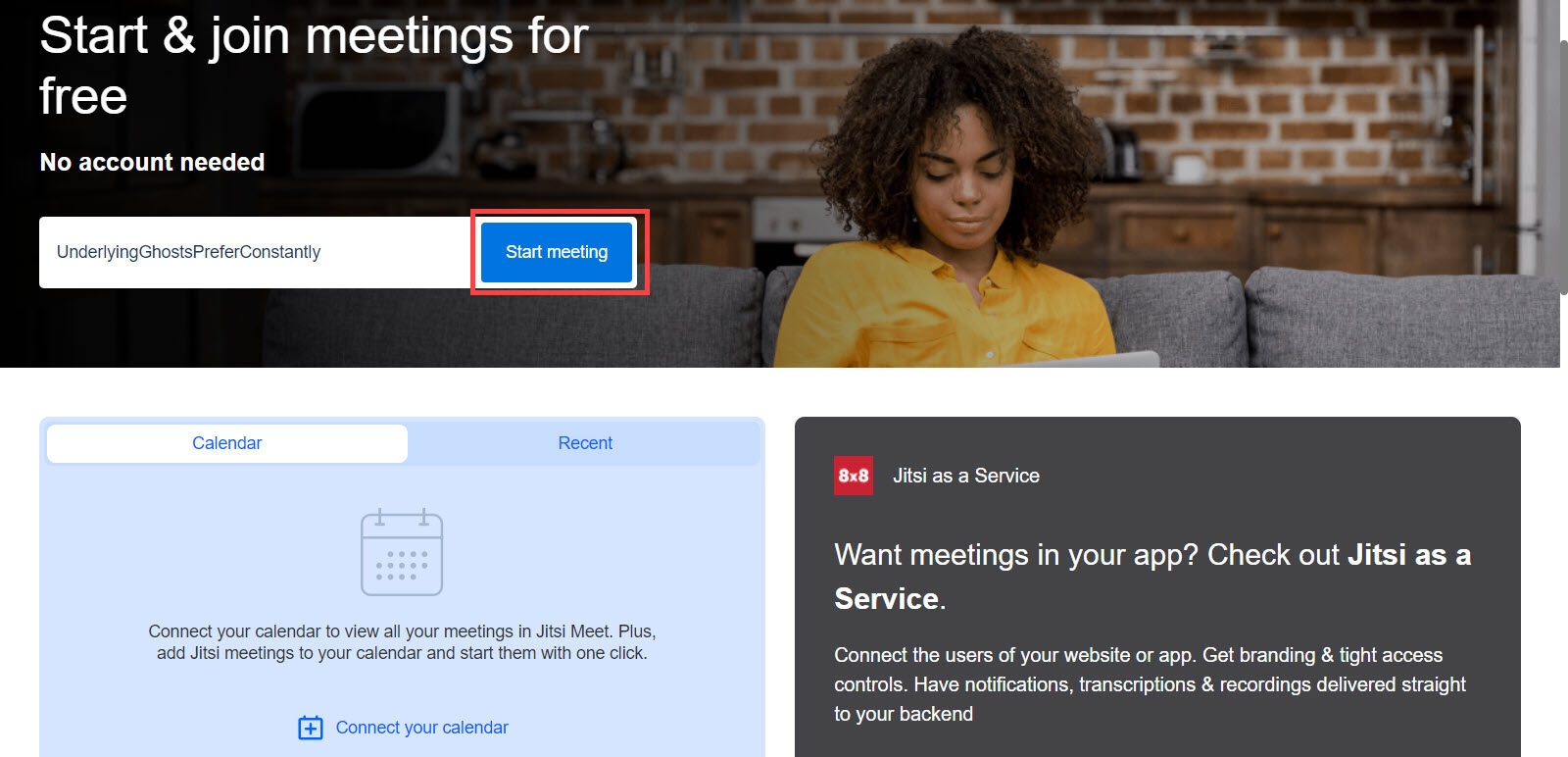

Use your custom domain or subdomain that was configured (such as ), not the IP Address DNS name that was configured.

Be sure to replace the HOSTNAME and EMAIL values with the appropriate values for your environment.
JITSI HOSTING INSTALL
Run the following Bash script on the VM to install and setup Jisti.I recommend you open sudo shell using the sudo -s command, and use that to run the following commands below. You’ll want to run the following commands using sudo.
JITSI HOSTING SERIAL
This can be done directly in the Azure Portal using the Azure Cloud Shell, or even the Serial Console feature of VM management blade within the Azure Portal. Connect to the Virtual Machine using SSH.In my DNS provider, I’ll create a CNAME record for the subdomain of. In the above screenshot, you can see the DNS name for my VM is .com. Go to your DNS Provider (such as GoDaddy, Hover, or others) and add a new CNAME record that maps to the DNS Name for your VM.This is necessary since the IP Address is dynamic, and you will need to map the DNS name to your custom domain name later. Go to the IP Address for the Virtual Machine, and configure the DNS name label so you have a DNS name that maps to the Virtual Machine, instead of just an IP Address.Port 22 – SSH (So you can remote to the server and install Jitsi).Once the VM has been provisioned, use the Azure Portal or your favorite CLI tool, to modify the Network Security Group Inbound Rules to open the following ports to the VM:.At the time of writing this tutorial, the Ubuntu Server 18.04 LTS is the most recent long term support version supported within Azure, and is the version tested with these steps. Provision a new Ubuntu Server virtual machine (VM) in your Azure Subscription.You can follow these steps to set up your own private Jitsi Video Conferencing solution within your own Azure Subscription: Hosting a service like this will require the use of an Ubuntu Linux server with Internet access, and the Microsoft Azure cloud makes this easily accessible to set up. Jitsi can be installed on a Linux VM with only a few steps, as much of the process is scripted / automated by the Jitsi project team (Go Open Source!). Screenshot: Using custom hosted Jitsi instance (in Azure) for Meeting

JITSI HOSTING FOR FREE
The Jitsi Meet client runs in your browser, without installing anything else on your computer, and can be tried out for free at. The Jitsi Meet project is the open source software that enables you to install your own secure, simple and scalable video conferencing solution that you use as a standalone app or embed in your own web applications.


 0 kommentar(er)
0 kommentar(er)
